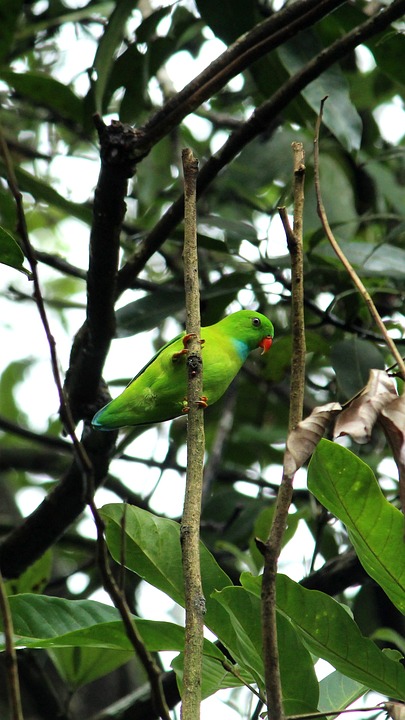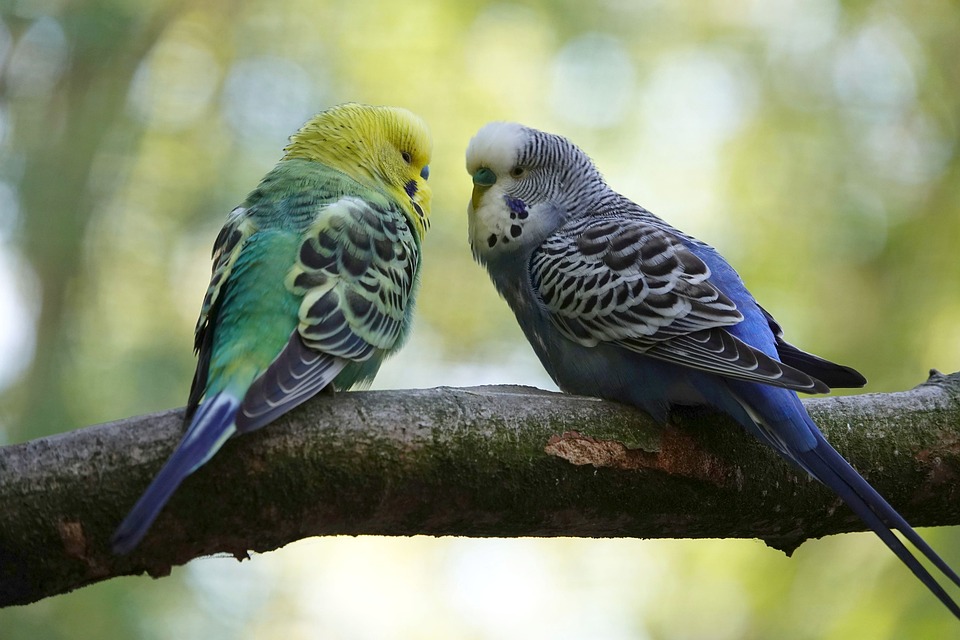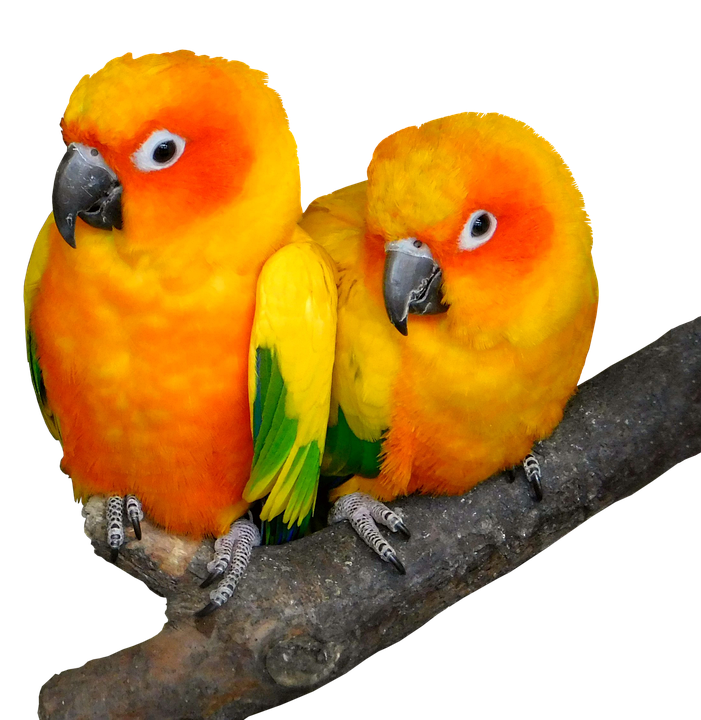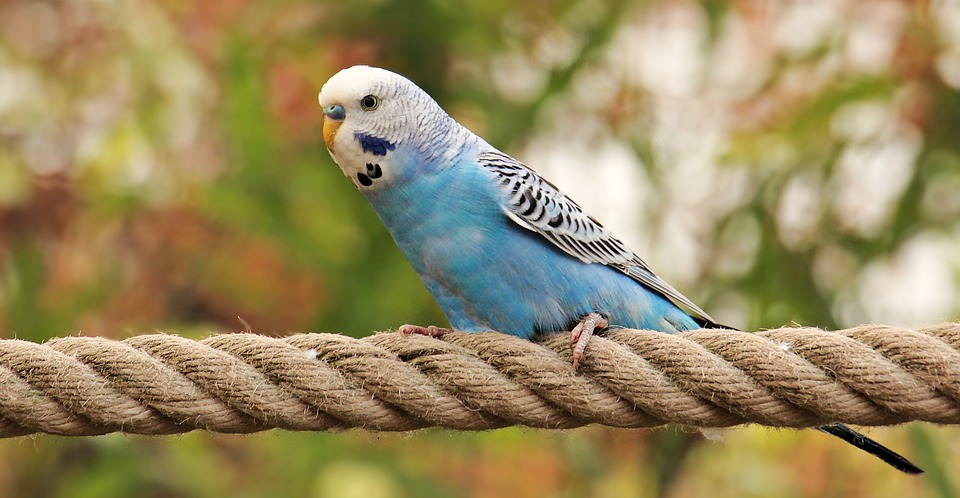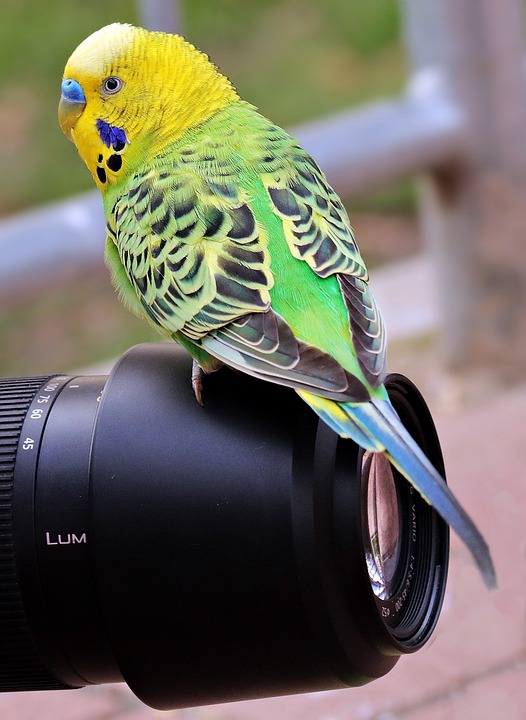Parrots are known for their exceptional ability to mimic sounds and human speech, a behavior that has intrigued researchers and pet owners for centuries. In this article, we will delve into the fascinating world of parrot behavior, specifically focusing on their mimicry of laughter and whistling. By understanding the reasons behind this behavior, its significance, and how it can be both entertaining and educational, we can further appreciate these remarkable creatures.
Mimicry plays a significant role in the lives of parrots, offering them various advantages. From an evolutionary perspective, mimicry allows parrots to blend in with their environment and avoid predation. By mimicking sounds they hear in their surroundings, parrots can camouflage themselves and increase their chances of survival. Additionally, mimicry is a form of communication among parrots, enabling them to establish social bonds and attract mates. This unique ability showcases the cognitive capabilities of these birds, as it requires the ability to recognize, remember, and imitate specific sounds.
One intriguing aspect of parrot behavior is their mimicry of laughter. Parrot laughter is not the same as human laughter, but rather a vocalization that resembles laughter. While the exact reasons behind parrot laughter are not fully understood, it is believed to serve as a form of bonding and social communication. Parrots often laugh in response to positive interactions, such as playtime or receiving attention from their human companions. Pet owners can encourage laughter in their parrots by creating a stimulating environment, engaging in interactive play, and using positive reinforcement.
Whistling is another melodious skill that parrots are known for. Unlike mimicry, whistling is often an innate behavior in parrots, meaning they do not need to learn it from others. Parrots use whistling to communicate with their flock members and establish territory boundaries. Additionally, pet parrots can be trained to whistle specific tunes, showcasing their ability to learn and imitate complex sounds. Whistling also serves as a bonding activity between parrots and their human companions, as they can engage in interactive whistling sessions.
Understanding the science behind parrot mimicry is crucial to unraveling this fascinating behavior. Parrots possess a unique anatomy that enables them to produce a wide range of sounds, including mimicry. Their vocalization abilities are supported by neural mechanisms that allow them to imitate and learn new sounds. Parrots are considered vocal learners, meaning they have the ability to acquire and modify their vocalizations based on their surroundings. This ability is akin to how humans learn and develop speech. Studying parrot mimicry can provide valuable insights into human speech development and communication disorders.
To further explore the world of parrot behavior and mimicry, let’s address some frequently asked questions:
1. Why do parrots mimic sounds?
Parrots are natural vocal imitators, mimicking sounds as a form of communication and social bonding. Mimicry allows them to establish social connections with other parrots and their human companions.
2. Can all parrots mimic laughter and whistling?
While not all parrot species have the same capacity for mimicry, many can learn to mimic laughter and whistling with proper training and social interaction.
3. What is the purpose of parrot mimicry?
Parrot mimicry serves multiple purposes, including establishing social bonds, attracting mates, and communicating with their human companions.
4. Can parrots understand the meaning behind the sounds they mimic?
Parrots may not fully comprehend the meaning behind the sounds they mimic, but they can associate certain sounds with specific contexts or actions.
5. How can I encourage my parrot to mimic laughter or whistling?
You can encourage mimicry by providing a stimulating environment, social interaction, and positive reinforcement. Playing audio recordings of laughter or whistling can also help.
In conclusion, parrot behavior, particularly their mimicry of laughter and whistling, is a captivating aspect of their unique nature. By understanding the significance and mechanisms behind this behavior, we can develop stronger bonds with our parrot companions while unraveling the mysteries of their fascinating behavior.

